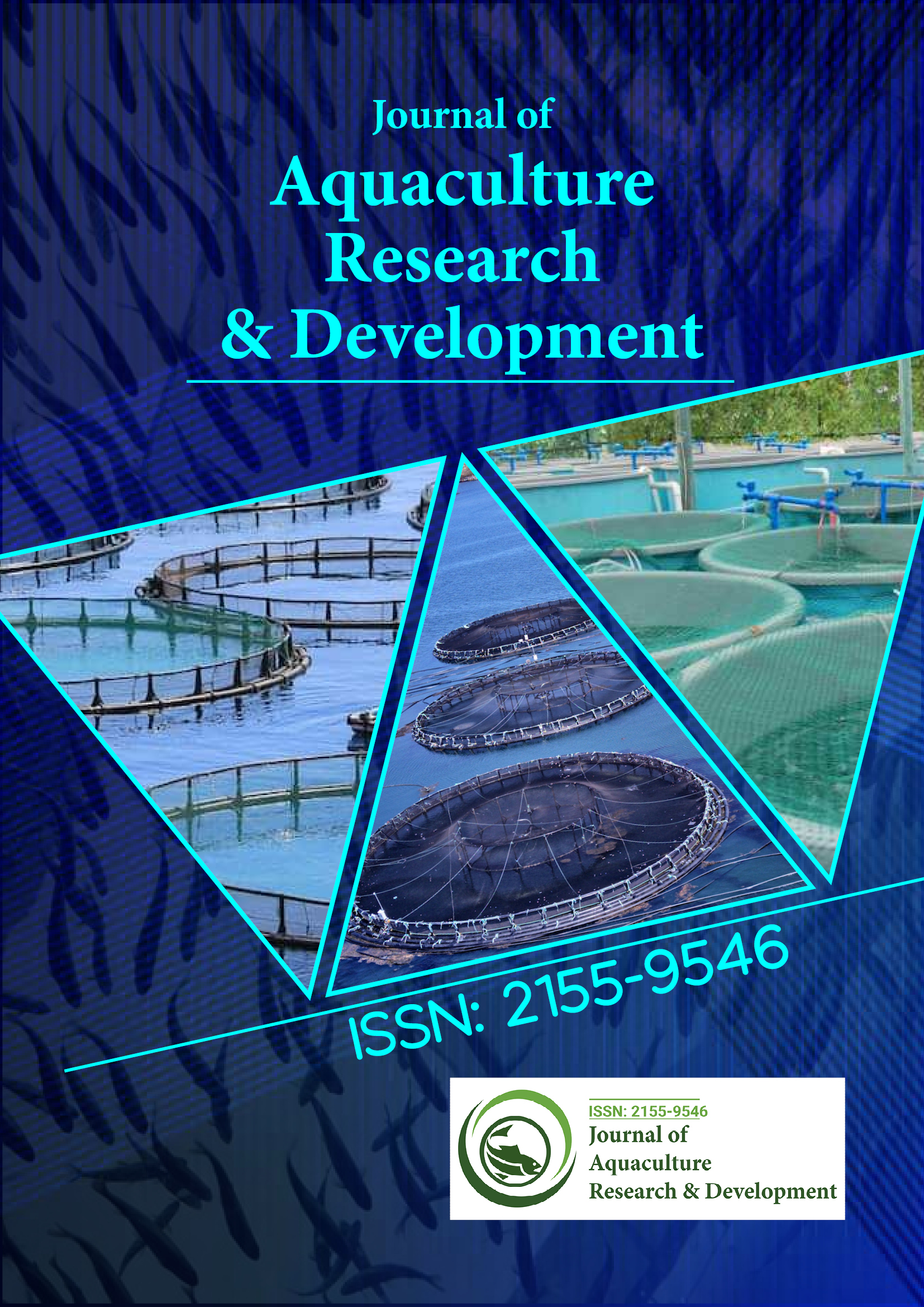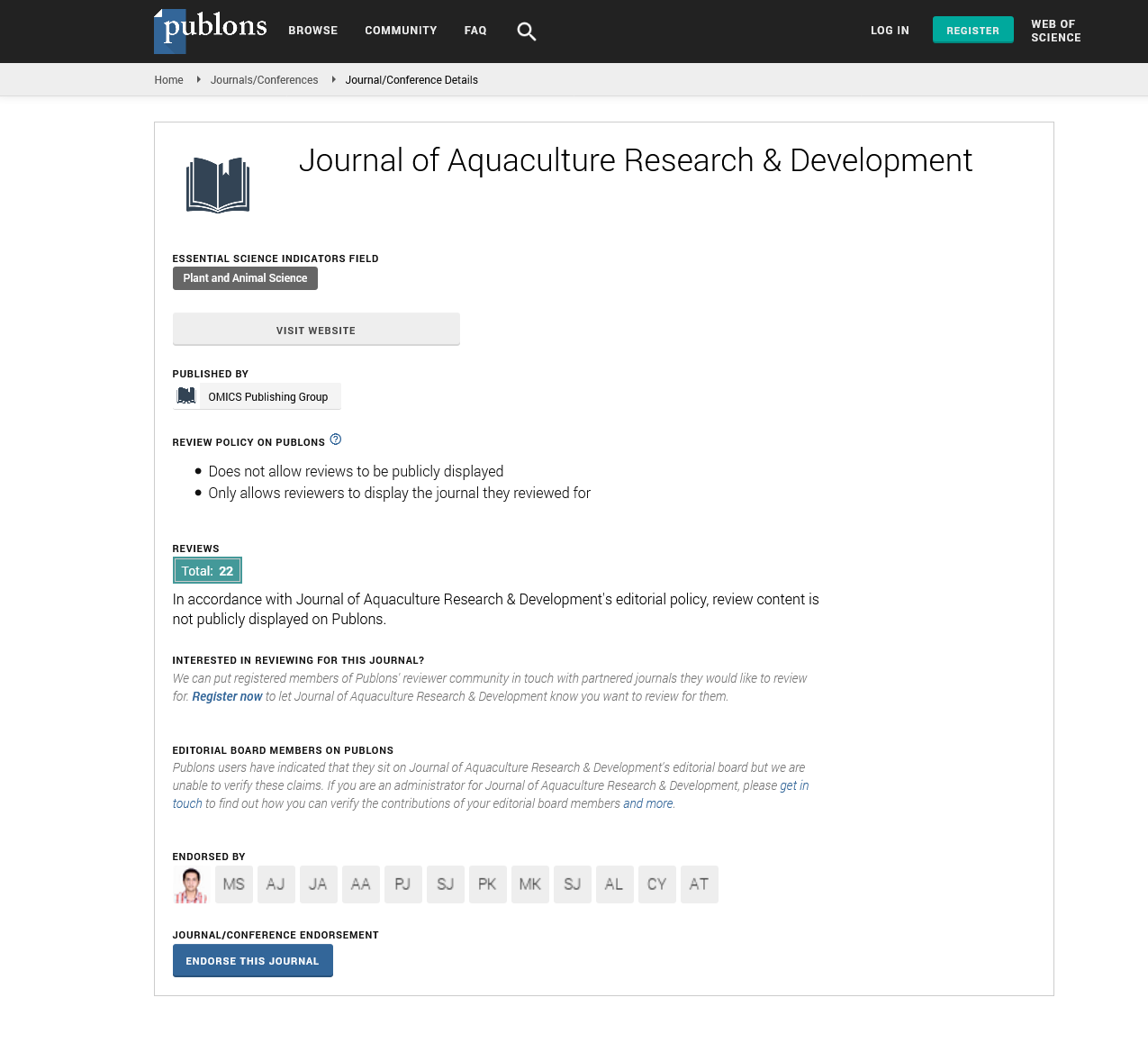Indexed In
- Online Access to Research in the Environment (OARE)
- Open J Gate
- Genamics JournalSeek
- JournalTOCs
- Scimago
- Ulrich's Periodicals Directory
- Access to Global Online Research in Agriculture (AGORA)
- Electronic Journals Library
- Centre for Agriculture and Biosciences International (CABI)
- RefSeek
- Directory of Research Journal Indexing (DRJI)
- Hamdard University
- EBSCO A-Z
- OCLC- WorldCat
- Scholarsteer
- SWB online catalog
- Virtual Library of Biology (vifabio)
- Publons
- MIAR
- University Grants Commission
- Euro Pub
- Google Scholar
Useful Links
Share This Page
Journal Flyer

Open Access Journals
- Agri and Aquaculture
- Biochemistry
- Bioinformatics & Systems Biology
- Business & Management
- Chemistry
- Clinical Sciences
- Engineering
- Food & Nutrition
- General Science
- Genetics & Molecular Biology
- Immunology & Microbiology
- Medical Sciences
- Neuroscience & Psychology
- Nursing & Health Care
- Pharmaceutical Sciences
Perspective - (2024) Volume 15, Issue 11
Innovative Approaches to Marine Recovery through Aquaculture Practices
Hinoyama Shirota*Received: 28-Oct-2024, Manuscript No. JARD-24-27646; Editor assigned: 30-Oct-2024, Pre QC No. JARD-24-27646 (PQ); Reviewed: 13-Nov-2024, QC No. JARD-24-27646; Revised: 20-Nov-2024, Manuscript No. JARD-24-27646 (R); Published: 27-Nov-2024, DOI: 10.35248/2155-9546.24.15.934
Description
Marine conservation aquaculture has emerged as a vital tool for restoring degraded marine ecosystems while contributing to sustainable seafood production. This approach integrates farming aquatic organisms with ecological restoration efforts, addressing the challenges posed by overfishing, habitat destruction and climate change. It represents a solution that supports marine biodiversity and ensures the long-term health of coastal environments.
Marine ecosystems are essential for supporting biodiversity, regulating climate and providing resources for human livelihoods. However, these ecosystems face numerous threats, including pollution, unsustainable fishing and rising ocean temperatures. Coral reefs, seagrass meadows and mangrove forests are particularly vulnerable, yet they play a critical role in coastal protection and carbon sequestration.
Efforts to restore these ecosystems are necessary not only for preserving biodiversity but also for maintaining the livelihoods of communities dependent on healthy oceans. By focusing on restoring habitats and supporting species recovery, marine conservation aquaculture contributes to rebuilding ecosystem functionality and resilience.
Aquaculture for conservation goes beyond food production by incorporating ecological objectives. Unlike conventional aquaculture, which focuses on maximizing yield, conservation aquaculture prioritizes environmental benefits. It involves cultivating species that play a role in ecosystem restoration, such as oysters, clams, seaweed and corals. These species contribute to improving water quality, enhancing habitat complexity and supporting the recovery of other marine organisms.
Oyster farming, for example, has demonstrated its effectiveness in restoring coastal habitats. Oysters are natural filter feeders, capable of removing excess nutrients and improving water clarity. By creating oyster reefs, farmers provide habitats for various marine species, while also stabilizing shorelines and reducing erosion. Similarly, cultivating seagrass and seaweed aids in nutrient cycling and carbon absorption, addressing the impacts of eutrophication and climate change.
Coral reefs are among the most threatened marine ecosystems. Conservation aquaculture has become a key strategy for coral restoration, involving the cultivation and transplantation of corals to degraded reef areas. Coral nurseries, both underwater and onshore, are used to grow coral fragments that can later be transplanted into natural reef systems.
Techniques such as micro fragmentation and selective breeding enhance the survival and growth rates of corals. Micro fragmentation involves breaking corals into smaller pieces to stimulate rapid growth, while selective breeding focuses on cultivating heat-tolerant coral strains. These methods are essential for addressing the impacts of coral bleaching caused by rising sea temperatures.
Local communities play a vital role in the success of marine conservation aquaculture. Engaging communities in restoration projects encourages stewardship and ensures long-term sustainability. Coastal communities often possess traditional knowledge of marine environments, which can complement scientific approaches in restoration efforts.
Community-based aquaculture initiatives provide livelihoods while supporting conservation goals. For instance, farming seaweed or shellfish can offer economic benefits to local populations while improving marine habitats. Training programs and partnerships with non-governmental organizations equip communities with the skills and resources needed to participate in conservation projects.
By aligning conservation objectives with economic opportunities, community-based approaches reduce dependence on destructive practices such as overfishing and habitat destruction. This encourages a sense of ownership and responsibility among community members, ensuring that restored ecosystems are protected for future generations.
Advancements in technology are transforming the field of conservation aquaculture. The use of underwater drones, remote sensing and artificial intelligence has improved monitoring and assessment of restoration projects. These tools enable researchers to track the progress of transplanted species, assess habitat conditions and identify areas in need of intervention.
For coral restoration, 3D printing technology is being utilized to create artificial reef structures that mimic natural habitats. These structures serve as substrates for coral attachment, providing a foundation for reef regeneration. Additionally, genetic research is advancing efforts to cultivate resilient coral strains capable of withstanding environmental stressors.
In shellfish and seaweed farming, automated systems for monitoring water quality and nutrient levels enhance operational efficiency. These technologies allow farmers to optimize conditions for growth, reducing the risk of environmental degradation associated with aquaculture practices.
Despite its potential, marine conservation aquaculture faces several challenges. Securing funding for restoration projects is a significant hurdle, as conservation efforts often require longterm investment with delayed returns. Ensuring that aquaculture practices do not inadvertently harm the environment is another concern, particularly when scaling up operations.
Regulatory frameworks for conservation aquaculture are still developing in many regions. Clear guidelines are needed to balance ecological restoration goals with the economic interests of stakeholders. Additionally, climate change poses an ongoing threat to restoration efforts. Rising sea temperatures, ocean acidification and extreme weather events can undermine progress by damaging restored habitats.
Citation: Shirota H (2024). Innovative Approaches to Marine Recovery through Aquaculture Practices. J Aquac Res Dev. 15:934.
Copyright: © 2024 Shirota H. This is an open-access article distributed under the terms of the Creative Commons Attribution License, which permits unrestricted use, distribution, and reproduction in any medium, provided the original author and source are credited.

